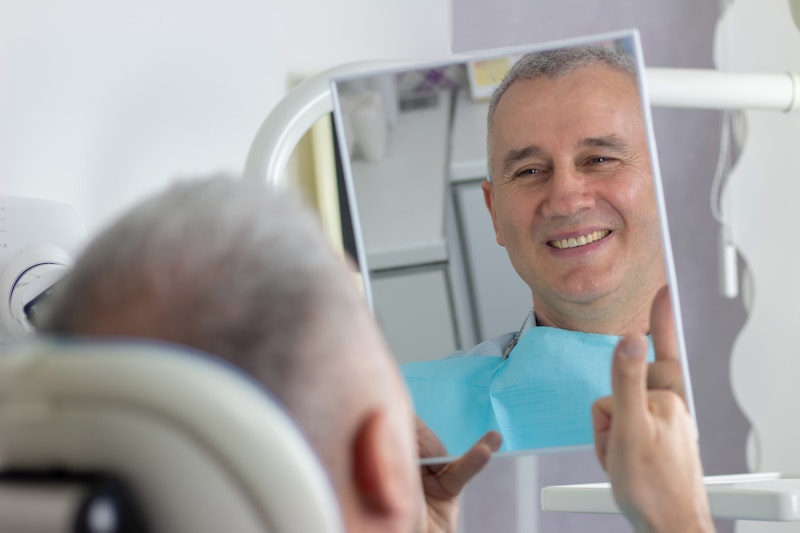Overview
A dental deep cleaning, sometimes referred to as gum therapy, is a treatment that cleans the gums and teeth down to the roots. Like regular cleaning, the hygienist or dentist will clean the tooth, gum line, and sides of the teeth. However, in a deep tooth cleaning, they continue to remove tartar buildup below the gum line to the root of the tooth. This process can also be referred to as “scaling and root planing” and may require a few visits in order to complete the treatment. (This also may depend on what your insurance allows. Some carriers only allow 2 quadrants to be completed in one visit.

Do I really need deep teeth cleaning?
Only your dentist or dental hygienist can tell you for sure. If your visit to the dentist reveals significant pockets- those 4mm or greater, then you are at risk for (or in the stages of), periodontal disease. This makes you a candidate for the therapy (a deep teeth cleaning) and it is highly recommended if you want to stop and prevent the progression of the disease. Without treatment, the bacteria that created the pockets in your gums will continue to create plaque, tartar, and even bone loss.
If you are told you need deep teeth cleaning, you’re not alone! According to the American Academy of Periodontology, nearly half of adult Americans suffer from gum disease. Still not convinced? More and more research has shown a direct link between the progression of gum disease and the development of more serious illnesses including heart disease, diabetes, dementia, and more. So if your dentist or hygienist says you need deep teeth cleaning, you owe it to your overall health to take care of it.
Post-Operative Instructions for Deep Cleaning
Once you head home from the office after your deep cleaning (or “periodontal root planing”), you may begin to experience some cold or heat sensitivity and gum soreness. As with most oral treatments, a small amount of bleeding is normal. To soothe bleeding gums, apply pressure with a wet tea bag on your gum for 20 minutes or so. If excessive bleeding persists, contact us.
Do your best to avoid hot, spicy, or crunchy foods. Remove plaque by brushing and flossing gently throughout the entirety of your recovery, even if your gums are sore.
To alleviate pain or discomfort, take an over-the-counter pain medication. You can also rinse your mouth out with a warm salt water solution (we recommend doing so 3 times a day for 3 days after the procedure). And be sure to stay hydrated!
Happy healing! And please remember, if you have any questions, feel free to contact our office by calling 502.509.1980. We are more than happy to help you on your road to recovery—and toward a beautiful, healthy smile!
